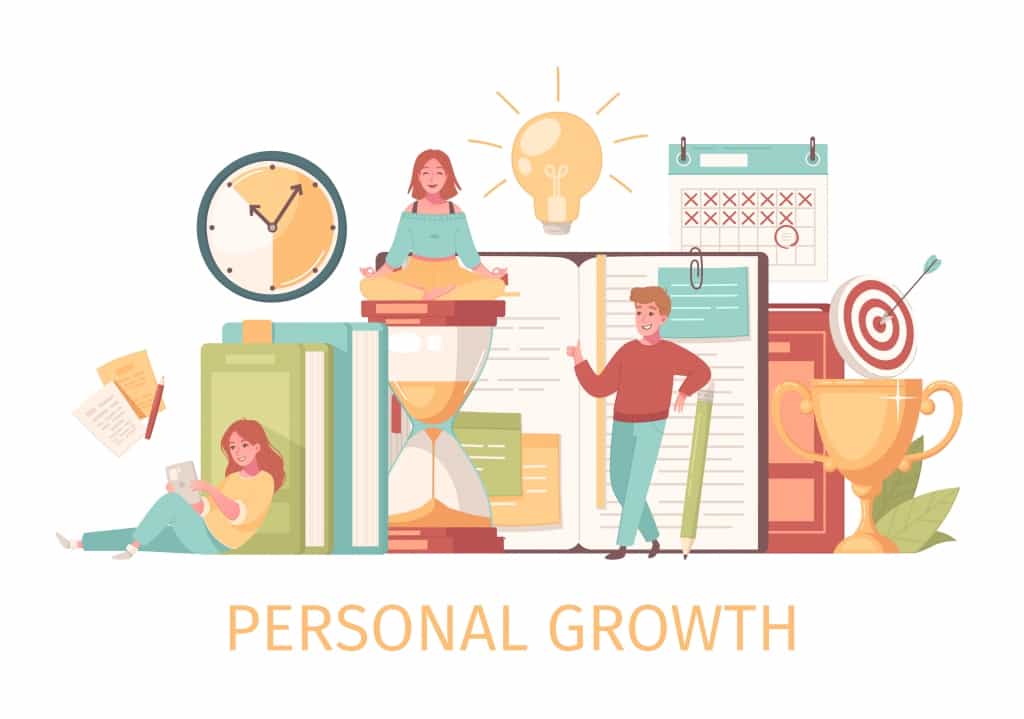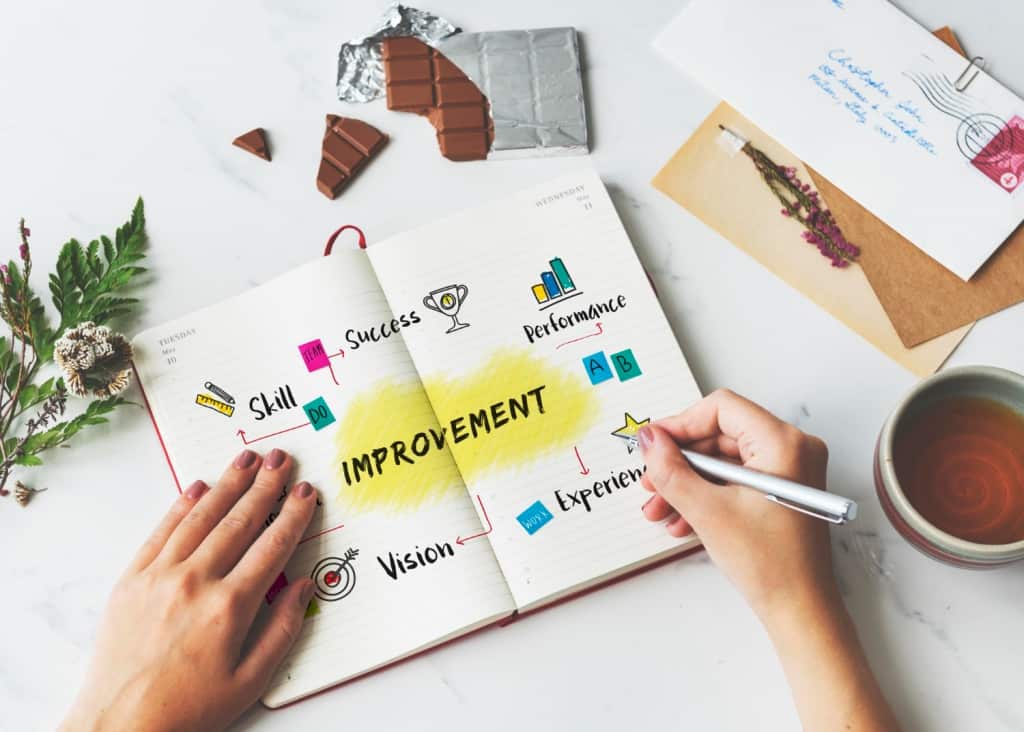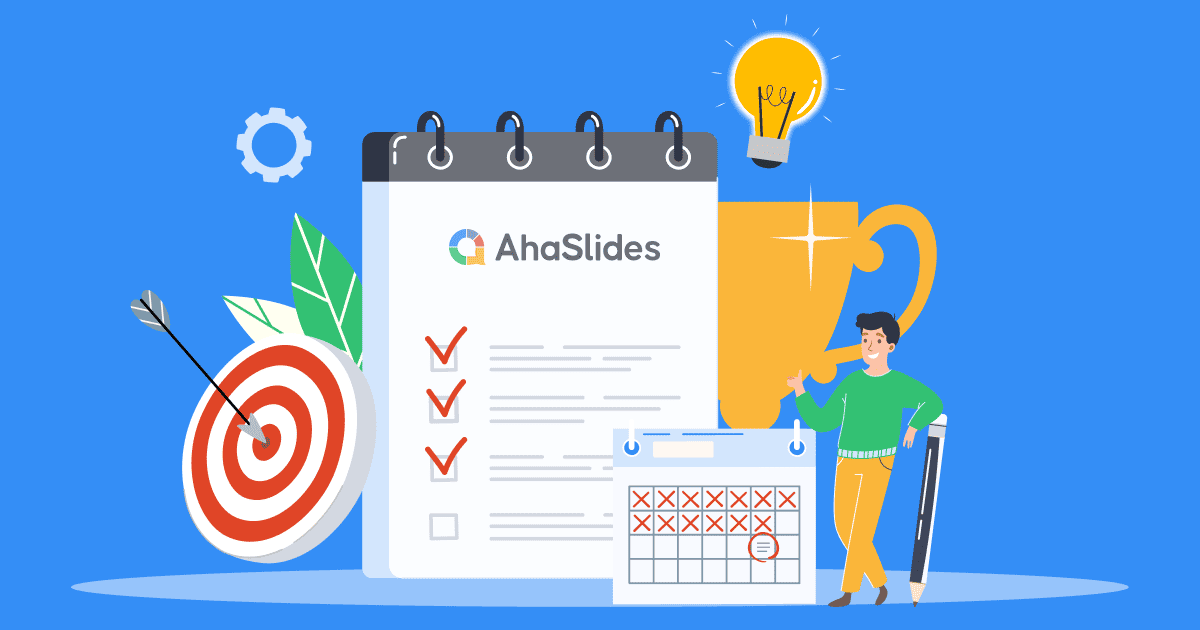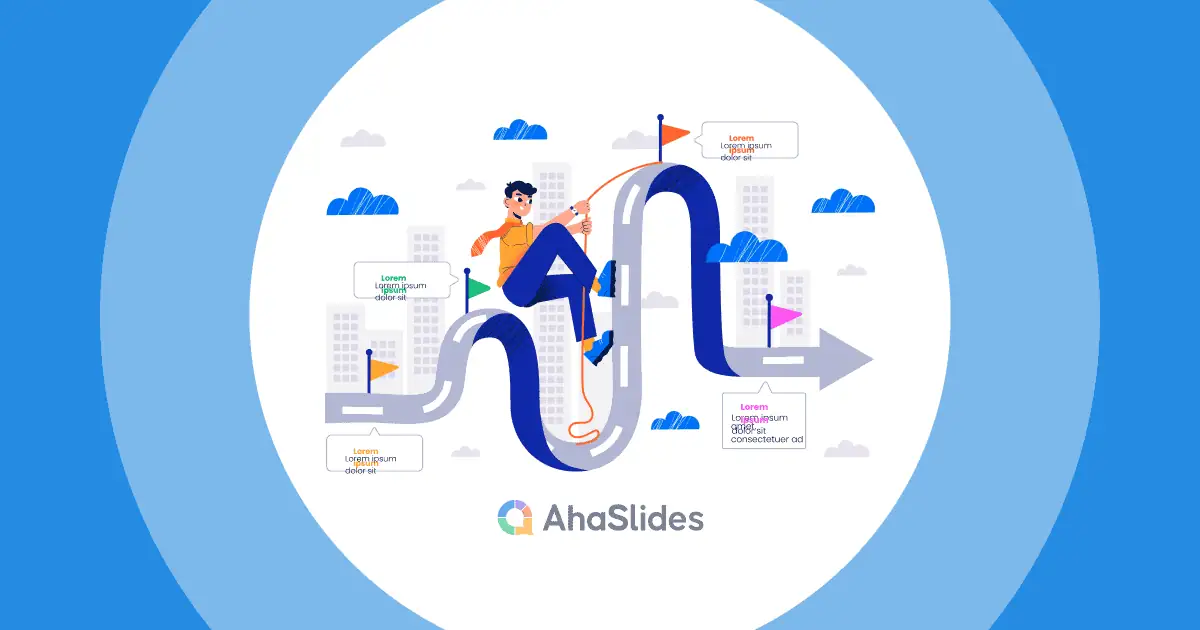Do you need help in your personal or professional life? Do you struggle to keep up with the fast-changing world around you? If so, you're not alone.In today's fast-paced world, it's more important than ever to keep learning, growing, and developing yourself.
That's why you need a personal development plan. Although many people understand the importance of self-improvement, only some know how to execute it.
Therefore, in this article, we'll explore the 7 steps to creating a successful personal development plan that can help you achieve your goals and become the best version of yourself.
Table of Contents
- What Is a Personal Development Plan?
- Why Do You Need A Personal Development Plan?
- Steps To Create An Effective Personal Development Plan
- What HRM Can Help To Create A Personal Development Plan?
- A Personal Development Plan Template
- Frequently Asked Questions
- Key Takeaways
Tips for Better Engagement
- Self paced learning at work
- Continuous improvement examples
- Change management process
- What is project management?
- Constructive criticism examples

Looking for a tool to improve your team performance?
Gather your team members by a fun quiz on AhaSlides. Sign up to take free quiz from AhaSlides template library!
🚀 Grab Free Quiz☁️
What Is a Personal Development Plan?
A personal development plan (also known as an individual development plan) is a guide to help individuals identify their strengths, weaknesses, and areas of improvement, and create a roadmap for achieving personal and professional goals. It is a tool for individuals to plan their personal growth and development over a defined period.
Check out: Use word cloud free to brainstorm better for your personal development plan.

The personal development plan typically includes
- An assessment of the individual's current situation
- Individual goals and objectives
- Strategies for achieving those goals
- A timeline for implementing those strategies
It may also include a plan for acquiring new knowledge or skills, improving existing ones, and developing new habits or behaviors.
Individuals can use personal development plans at any stage of their career or life journey to identify areas for improvement, build on their strengths, and create a clear path toward their desired outcomes.
Why Do You Need A Personal Development Plan?
By reflecting on your strengths, weaknesses, and areas for improvement, a personal development plan can help you better understand yourself and your potential. From there, you can create a clear roadmap to achieve your goals, enabling you to improve your quality of life and achieve success in your career.

Steps To Create An Effective Personal Development Plan
Thus, if you're willing to get started today, learn the next step-by-step to have an effective personal development plan!
1/ Identify your Strengths and Weaknesses
Identifying your strengths and weaknesses is the foundation of creating an effective personal development plan. This process requires you to take a close look at your current skills, knowledge, and personal qualities to gain a better understanding of where you excel and where you could improve.
To begin, make a list of your current skills, and knowledge, such as communication skills, problem-solving skills, time management skills, and personal traits like leadership, creativity, and empathy.
Next, ask yourself the following questions:
- What are my strongest skills and qualities?
- What areas do I need to improve?
- What skills or qualities do I need to develop to achieve my goals?
(While assessing your strengths and limitations, be honest with yourself and try to approach this exercise with a growth mindset. Instead of seeing weaknesses as failures, consider them as opportunities for improvement and development.)
Finally, prioritize your areas for improvement based on their importance to achieving your goals.
For example of a personal development plan, If your goal is to transition into a management position, it's essential to prioritize developing leadership, management, and communication skills rather than solely focusing on advanced skills.
By taking time for the self-assessment process, you can understand what your strengths are and where you need to focus your efforts to achieve your goals.
U
2/ Set Goals
After identifying your strengths and weaknesses, you need to set specific and realistic goals that align with your self-assessment.
To begin, think about what you want to achieve in the short term and long term. Your short-term goals should be achievable in 3 - 10 months, while your long-term goals should be achievable within the next 2 - 5 years. When setting your goals, make sure they are specific and measurable.
Set a particular aim, such as "take a public speaking course to improve my presentation skills," rather than a general goal like "improve my communication skills." This way, you'll know exactly what you need to accomplish to reach your goal.
It is also critical to verify that your objectives are practical and achievable. Consider factors like your available resources, time limits, and personal commitments. Establishing unachievable goals can lead to feelings of anger and disappointment, which can limit your growth.
Finally, review your goals regularly to ensure that you are on track to achieve them. With specific and realistic goals, you can stay motivated and focused on your personal development journey.

3/ Create an Action Plan
After identifying your goals and assessing your current situation, it's time to create a roadmap to achieve your objectives, which may involve acquiring new skills, developing existing ones, or changing your habits and behaviors.
Here are some key details to consider when creating an action plan:
- Learn new skills: Depending on your goals, you may need to learn new skills to achieve them. For personal development plan example, if your goal is to advance your marketing career, you may need to develop new digital tactics or embrace the trend of using AI to create creative content. Identify the specific skills you need to acquire and plan for how to learn them. You can take courses, attend workshops or seek mentorship from someone with appropriate expertise.
- Improve existing skills: You may need to develop existing skills, along with learning new ones. For example, if you want to improve your public speaking skills, you may need to practice in front of others and ask for feedback. So choose the skills you need to improve and create an approach to accomplish this.
- Change habits and behaviors: Sometimes, achieving our goals requires us to change our habits and behaviors. For example, if your goal is to improve your health, you may need to change your diet or exercise routine. So, you need to identify the inappropriate habits and behaviors you need to change, then set specific goals, and actions or seek support from others for that.
You should also consider the following suggestions to create the most realistic action plan possible:
- Break down larger goals into smaller steps: It can be overwhelming to tackle all at once. To make it manageable, break down your larger goals into smaller steps. This will make it easier to track your progress and stay motivated.
- Determine the resources required: Consider the resources you will need to achieve your goals such as time, money, support from others, or any specific tools or materials. Be realistic about what you can accomplish with the resources you have available.
- Evaluate and adjust your plan: You may need to adjust your plan based on new information or unexpected challenges. So you should regularly evaluate your progress and be willing to make changes as needed.

4/ Establish a Timeline
A timeline helps you stay on track and motivated to achieve your goals.
Here are some details when establishing a timeline for your action plan:
- Break down your action plan into specific steps: You first need to break down your action plan into specific steps. Each step should be clearly defined and manageable.
- Set specific deadlines for each step: Once you have identified each step, set specific deadlines for completing them. How much time do you need for each step? If something unexpected happens, how does it affect your timeline?
- Prioritize steps: Choose the most critical steps that will have the greatest impact on the goals, and make sure they get the attention they deserve.
- Use a calendar or planner: Use a calendar or planner to schedule each step of your action plan. (Consider using color coding or other visual aids)
- Be responsible with your deadlines: You can share your timeline with a trusted friend, family member, or mentor, and ask them to hold you accountable for meeting your deadlines.
5/ Monitor your Progress
You can use a journal, a goal-setting app, or a spreadsheet to track your progress. Regularly monitor your progress toward your goals and adjust your plan if necessary.
You can use a journal, a goal-setting app, or a spreadsheet to track your progress. And don't forget to celebrate your successes along the way. This will help you stay motivated to continue working towards your goals. You can treat yourself to something you enjoy or share your successes with others.
However, don't be upset if there are mistakes or failures. Remember that setbacks and failures are a normal part of personal development. Use any failures as an opportunity to learn and grow. Reflect on what went wrong, and use that knowledge to adjust your plan moving forward.
6/ Get Supports
Achieving success is never easy. When you're having a hard time, you'll be in dire need of support, which could be emotional support, practical support, or accountability.
So don't hesitate to reach out to your support system. This may include friends, family, mentors, or coaches. Be clear about what you need from them and how they can best support you.
7/ Reflect and Review
Reflecting and reviewing your progress is a crucial step in the personal development process. So take time to reflect on your progress towards your goals. Consider what is working well and what areas need improvement.
Also, consider your goals and action plan to see if they are still aligned with your values and aspirations to make any adjustments needed.
What HRM Can Help To Create A Personal Development Plan?
In addition to the previously mentioned support, it's important not to overlook the potential benefits of seeking assistance from Human Resource Management (HRM). HRM can be an excellent resource for creating a personal development plan, as their professionals are specifically trained to provide support to employees in their career development.

They can offer valuable guidance on the skills and knowledge needed to achieve professional goals, tailoring their advice to the individual's needs with:
1/ Training and Development Programs
HRM can offer various soft skills training, technical skills training, and development programs that can help you acquire new skills, or develop existing ones.
2/ Career Counseling and Coaching
They can help you discover your strengths, limitations, and career goals through career counseling and coaching. They can also assist you in developing a tailored action plan for reaching your career objectives.
3/ Performance Management
If you want to track your progress and ensure that you are meeting your personal development goals, HRM can provide performance management services to help. This can include regular feedback sessions, Q&A sessions, goal setting, and performance evaluations.
A Personal Development Plan Template
To help you create an effective personal development plan, we have created a sample of a personal development plan.
| Goal | Current Situation | Desired Outcome | Action Steps | Deadline | Progress Update |
| Improve public speaking skills | Nervous when speaking in front of a group | Confident and articulate public speaker | Attend a public speaking course, practice speaking in front of friends, volunteer to speak at work meetings | June 30, 2024 | Completed public speaking course, practiced speaking in front of friends, volunteered to speak at three work meetings |
| Enhance time management skills | ... | ... | |||
| ... | ... |
And don't forget AhaSlides can also be a valuable aid in seeking feedback from others or drawing inspiration from customized templates to support the development of your personal plan.
Frequently Asked Questions
What are the key areas for self development?
Key areas include Mental Health, Social and Spiritual connection, Emotional and Physical well-being.
How to set up a personal development plan?
Firstly, you should find the key area needed improvement, then work with a coach or mentor to assemble a plan, then finally form a personal development goal.
Why is a personal development plan important?
A proper PDP helps you to reflect your goals, your values and your purposes, so that you know exactly what's needed to be done on your career path!
Key Takeaways
A personal development plan is an essential tool for achieving personal and professional growth. It allows you to take the right approach toward achieving your goals and provides you with a roadmap for success. With a well-crafted personal development plan, you can unlock your full potential and achieve your dreams.








